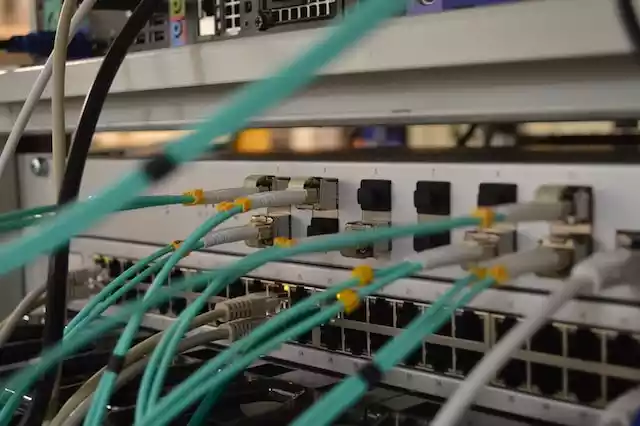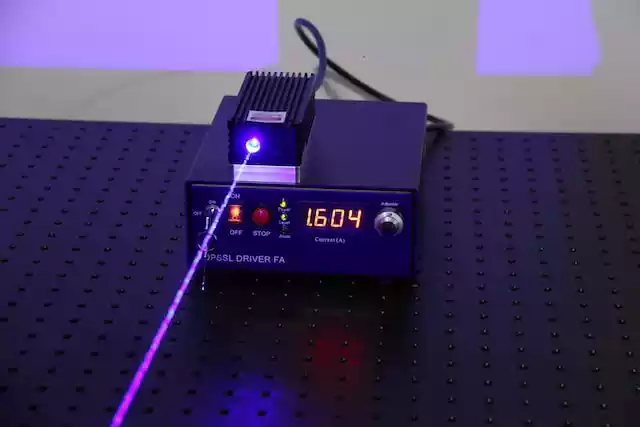Differences Between WDM and DWDM Multiplexing Technique
WDM (Wavelength Division Multiplexing) or DWDM (Dense Wavelength Division Multiplexing) is an analog technique used in the multiplexing or the combination of several optical (light) signals into one single optical signal, which can then be transmitted through a common link or channel.
They are multiplexing techniques used in optical fiber communication systems. Although both techniques are used to increase the data capacity of fiber optic cables, they have some differences that set them apart.
In this article, we will discuss the differences between WDM and DWDM.
Differences Between WDM and DWDM
In multiplexing, a data link which has enormous bandwidth is multiplexed to create multiple channels so multiple information or signals can be transmitted which yield an efficient use of bandwidth.
Note:
Bandwidth refers to the capability of a transmission channel or the amount of signal that the channel can accept.
This is useful because in this modern age, the use of data and telecommunication has significantly increased which results in high traffic.
So to curb this high traffic issues, the efficient use of bandwidth is important
| WDM | DWDM | |
|---|---|---|
| Name | WDM is a short form of Wavelength Division Multiplexing. | DWDM is termed as Dense Wavelength Division Multiplexing. |
| Wavelength or Channel Spacing | The spacing of channels is more in WDM than in DWDM. WDM uses a wavelength spacing of 20 nm to 40 nm. | DWDM makes the channels spacing as low as possible to create more useful channel. DWDM uses a smaller wavelength spacing of 0.8 nm to 0.1 nm. |
| Efficient use of bandwidth. | Bandwidth is not utilized efficiently as it is used in DWDM. | As the spacing is less in DWDM, the channel bandwidth is utilized for a better transmission of data. |
| Channel Capacity | WDM can multiplex a maximum of 16 channels in a single fiber. | DWDM can multiplex up to 160 channels in a single fiber. |
| Band selection | WDM uses the O (original) and C (conventional) band. | DWDM uses the C (conventional) and L (long) band. Low loss occurs in C and L band as compared to O band. |
| Distance | WDM is not designed to operate over longer distances. | DWDM is designed to operate over longer distances than WDM. With DWDM, it is possible to transmit signals over distances of up to 1500 km without requiring signal regeneration. |
| Performance | The performance of WDM is less than DWDM. | DWDM has better performance than WDM because it uses a more precise and stable technology. DWDM systems can achieve higher data rates, better signal quality, and longer transmission distances than WDM systems. |
| Equipment Cost | The cost of implementing WDM is low as compared to DWDM. This makes WDM a more attractive option for some applications where the number of channels required is low, and the distance to be covered is relatively short. | The cost of the equipment used in DWDM is generally higher than that used in WDM. This is due to the more complex and precise nature of the technology required to implement DWDM. |
In conclusion, both WDM and DWDM are important technologies used in fiber optic communication systems to increase the data capacity of a single fiber.
However, they differ in their bandwidth utilization, wavelength or channel spacing, channel capacity, distance, equipment cost, band selection, and performance.





